Malabar Wildlife Sanctuary
HOME OF THE MALABAR ENDEMIC SPECIES
The Malabar Wildlife Sanctuary, covering 74 square kilometers in the Chakkittapara and Koorachundu revenue villages of Koyilandy Taluk, Kozhikode, Kerala, the Malabar Wildlife Sanctuary safeguards a portion of the ecologically significant Western Ghats. This sanctuary, recognized as a biodiversity hotspot, also falls within the Nilgiri Biosphere Reserve and contributes to the Wayanad Elephant Reserve's conservation efforts.
WHY IS MALABAR FAMOUS?
The fragrant legacy of the Malabar Coast, the "Spice Garden of India," extends back to 3000 BCE, as recorded in ancient Sumerian texts.
This region is home to a rich array of protected wildlife, featuring mammals like the lion-tailed macaque, brown palm civet, elephants, gaurs, tigers, leopards, and Nilgiri langur, alongside diverse bird species including the Kerala laughing thrush, oriental darter, grey-headed bulbul, Malabar parakeet, small sunbird, and white-bellied blue flycatcher.
WHY IS MALABAR WILDLIFE SANCTUARY FAMOUS?

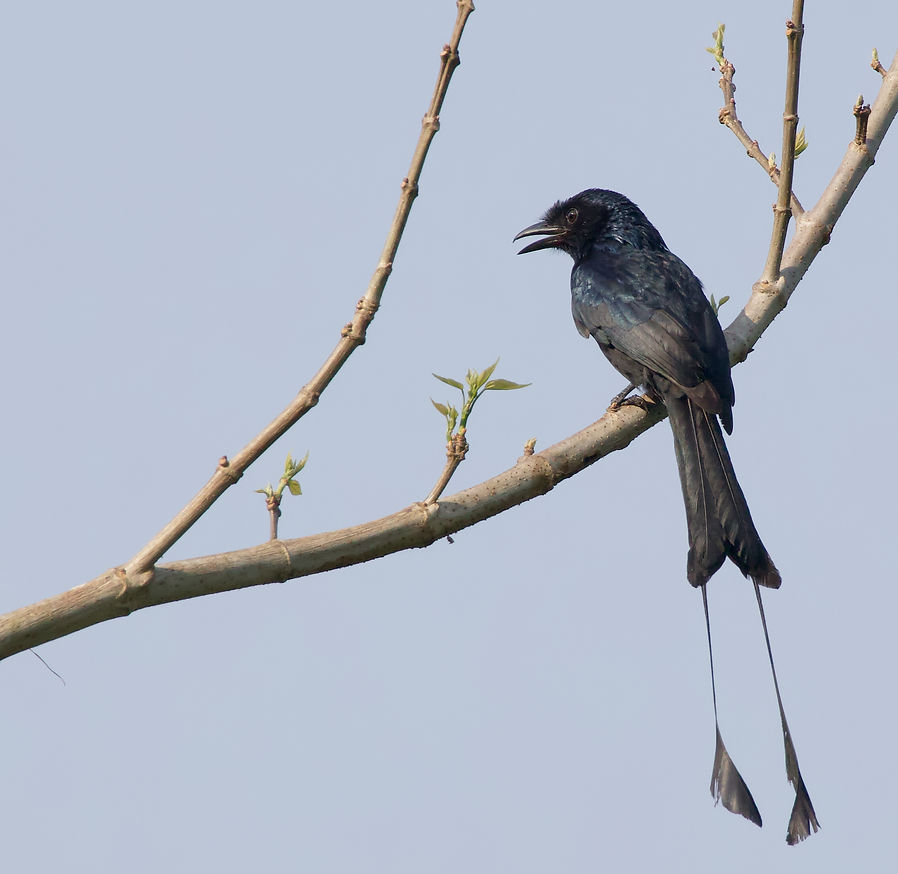
GREATER RACKET-TAILED DRONGO
This bird has a shiny black body with blue and green highlights, especially a blue streak from its reddish-brown eyes down its back. Its wings and head crest are green with a touch of pale yellow at the wing tips. Its most distinctive feature is its long tail, which includes two thin, wire-like feathers with broadened tips, called "rackets," that extend beyond the rest of the tail.
BEHAVIOUR
Greater racket-tailed drongos can normally be found in hunting groups that are made up of other bird species, mainly jungle babblers.
SIZE
31-36 cms | 12.2 - 14.1 inches not including tail length
OTHER CHARACTERISTICS
sexes alike
Birds & Biodiversity At Malabar Wildlife Sanctury
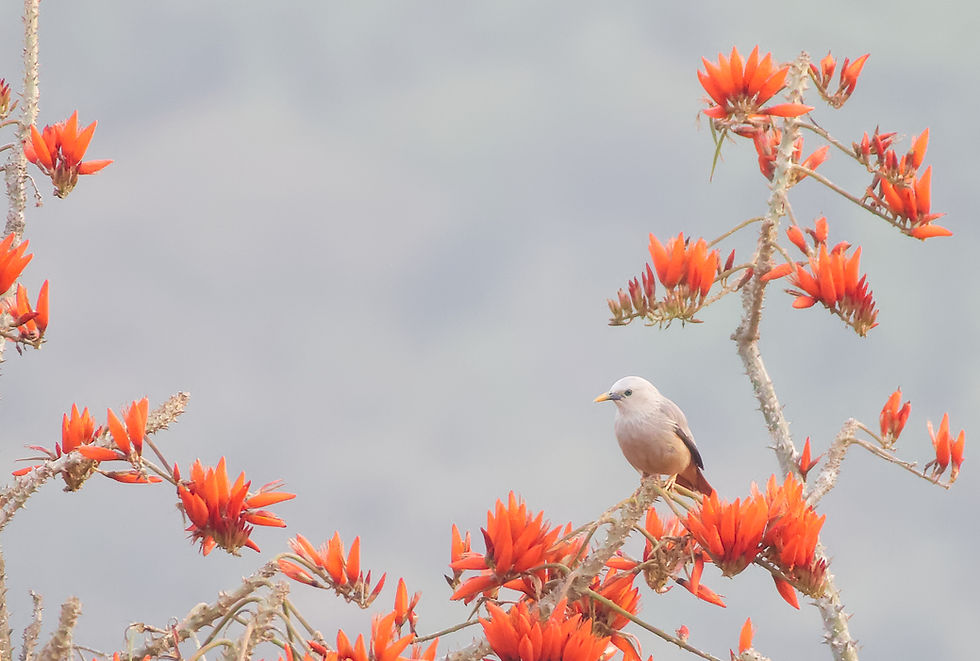


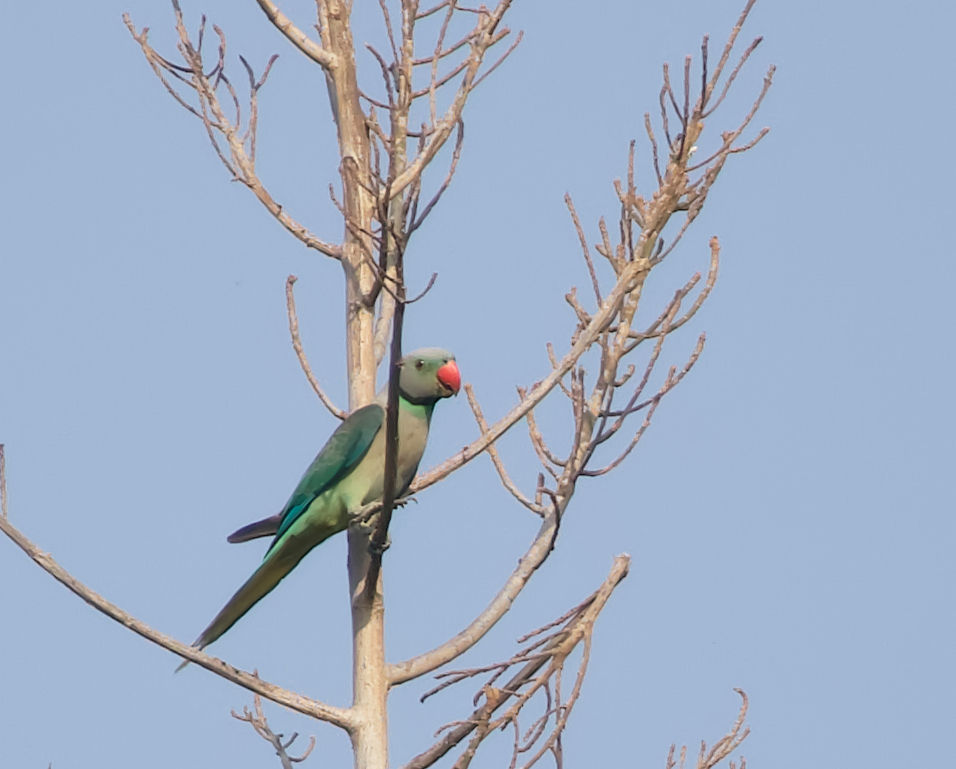
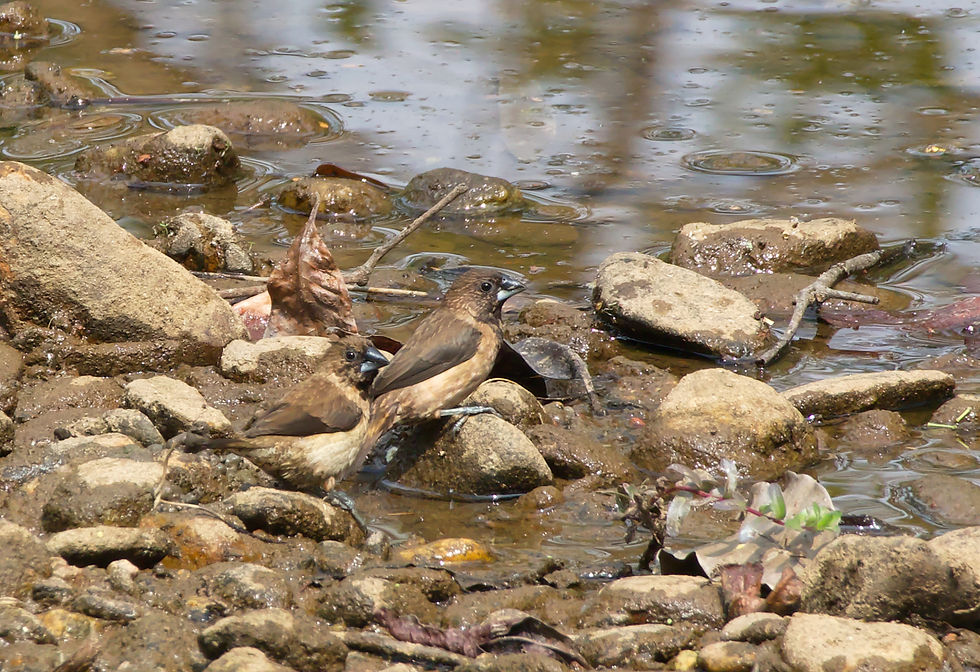


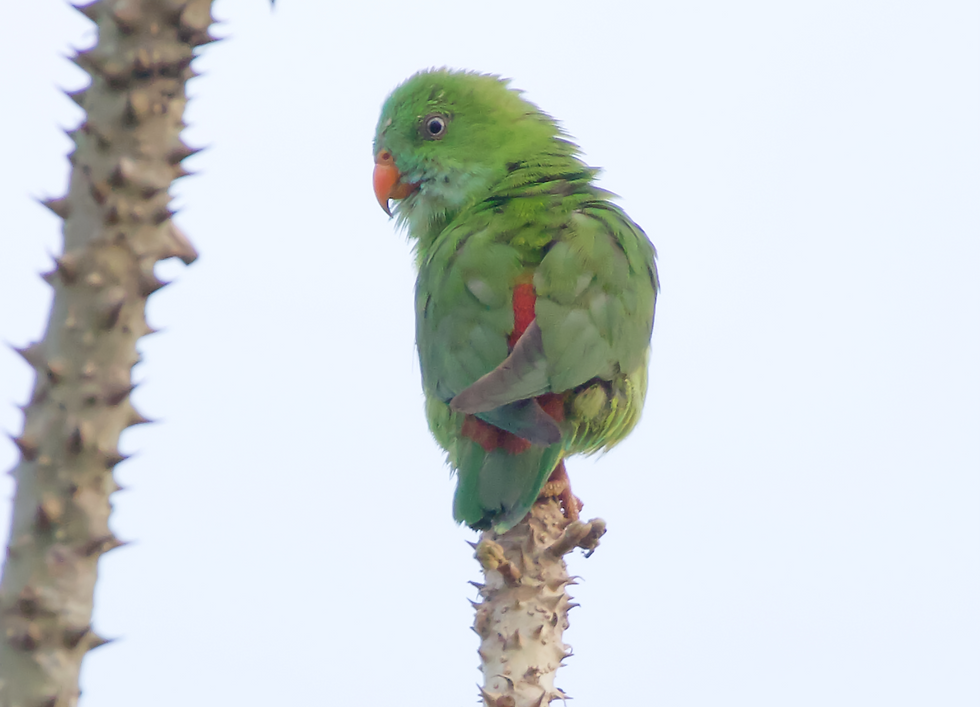


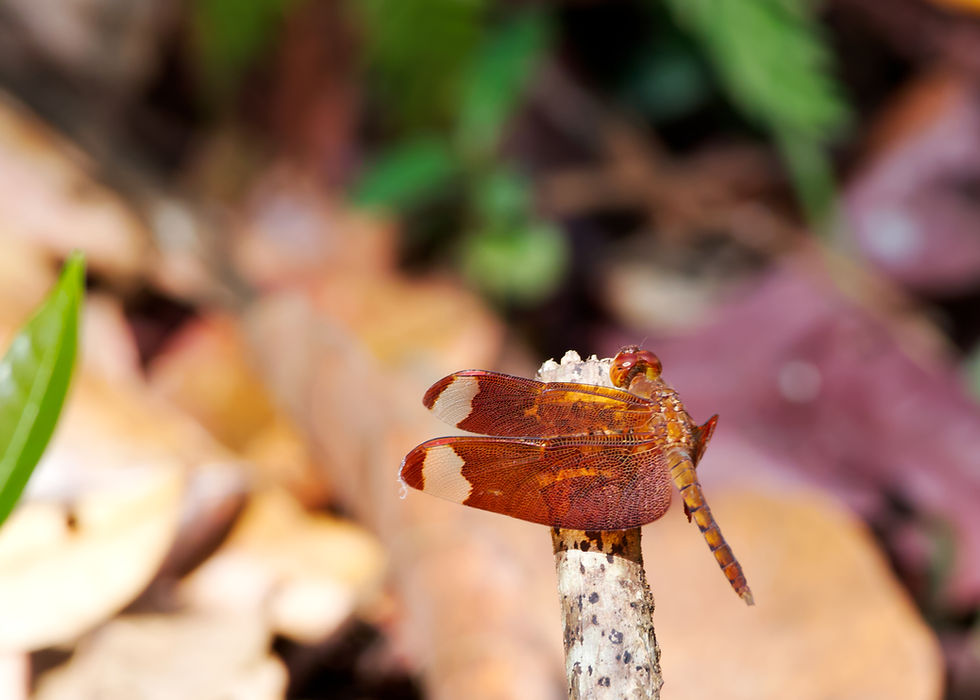
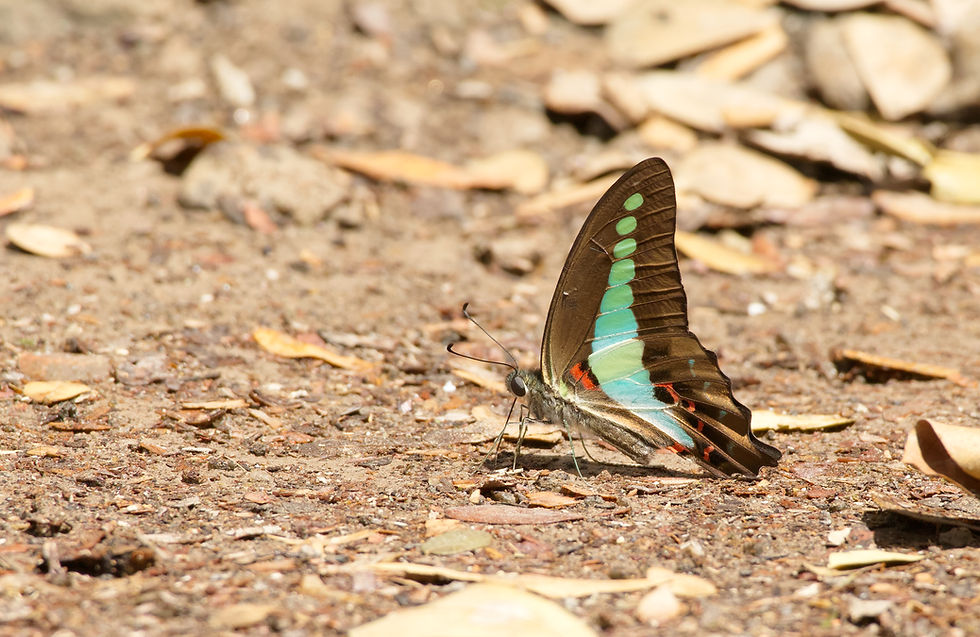

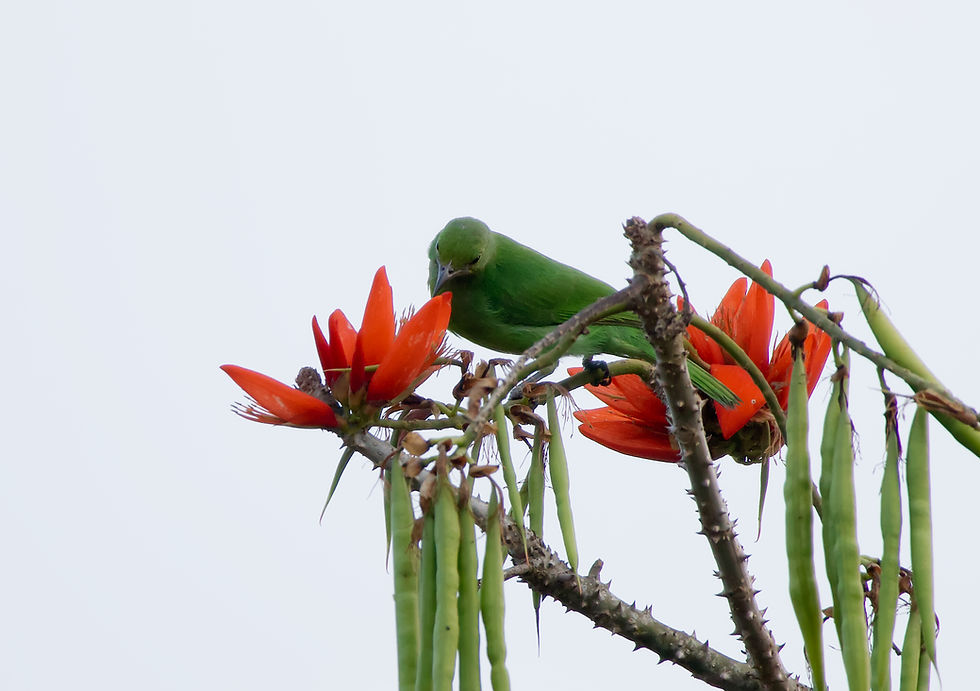

APPEARANCE
The Malabar Trogan exhibits sexual dimorphism, meaning, the sexes don't look alike.
-
The male bird has a dark gray head and chest.
-
A white line separates the dark gray chest from a bright red underside.
-
Its back is a mix of olive-brown and chestnut colors.
-
The wings are black with tiny white markings.
-
The tail has 12 feathers that get progressively shorter.
-
The middle tail feathers are mostly chestnut with black tips.
-
The next two pairs have more black than chestnut.
-
The outer three pairs have long white tips.
Female:
-
The female is less colorful.
-
Her head and chest are slightly darker than her olive-brown back.
-
Instead of the male's red underside, she has an ochre (yellowish-brown) color.
Both Sexes:
-
Both males and females have a bluish beak and bluish skin around the eyes.
-
Their eyes are dark brown.
-
Their feet are a light bluish color.
-
Their nostrils are covered by tiny hair like feathers.
BEHAVIOUR
The nest is made in rotting trees or stumps that are easy to carve and pulverize using their bills. They usually perch still. When they sit still, the appear hunched.
SIZE
29 cm to 30 cm. | 11.4 - 11.8 inches



